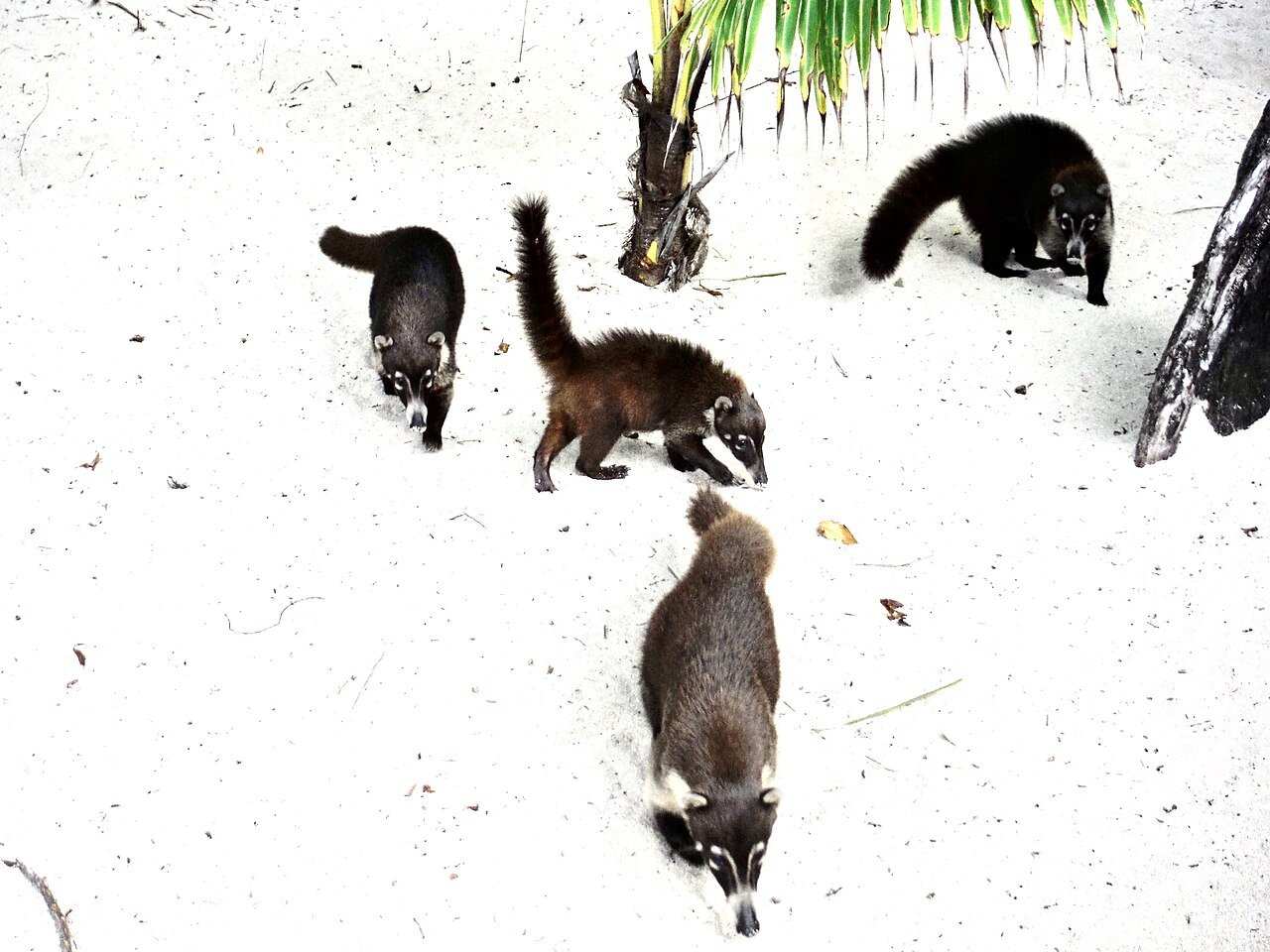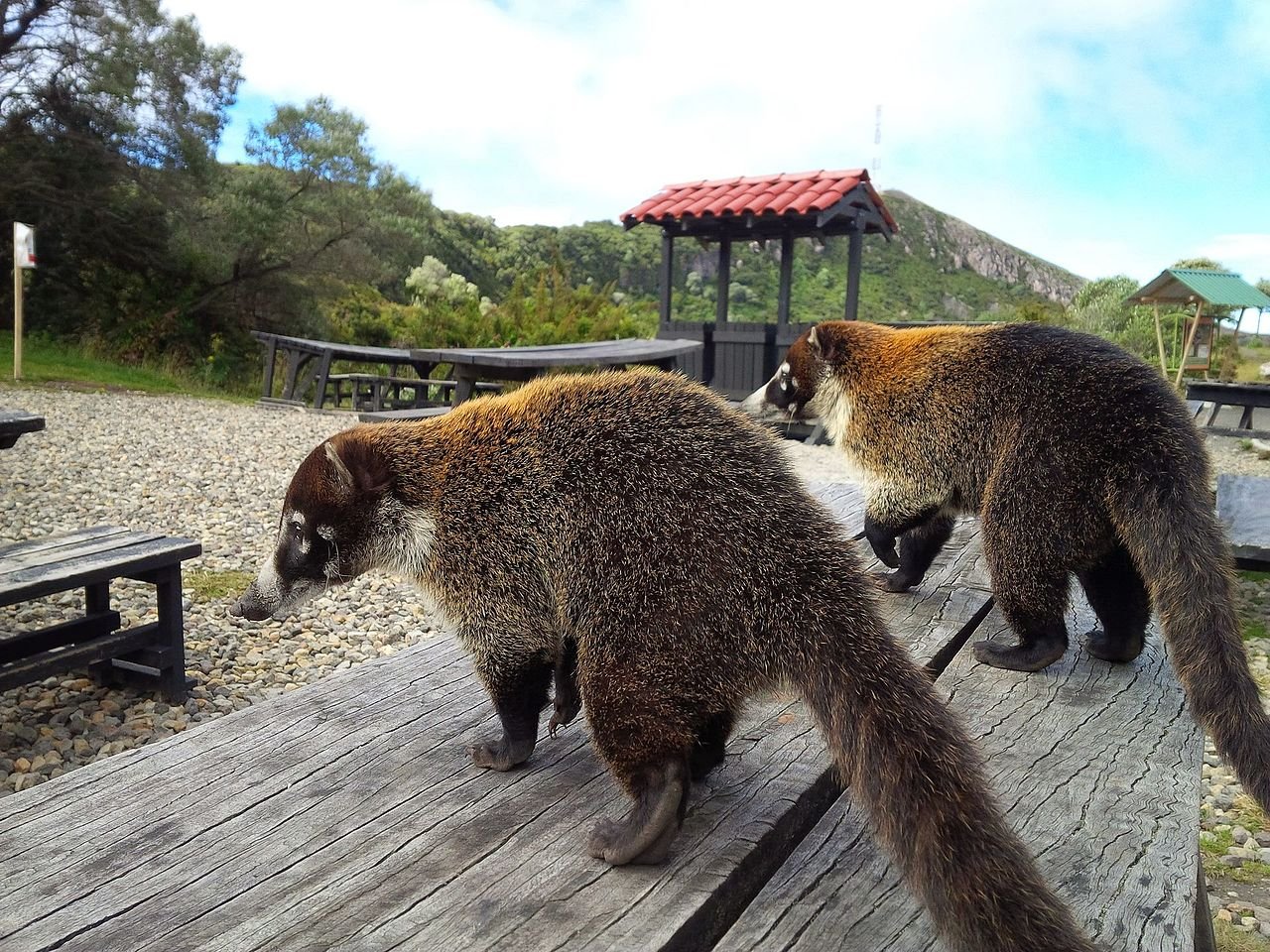Our Troublesome Pizotes
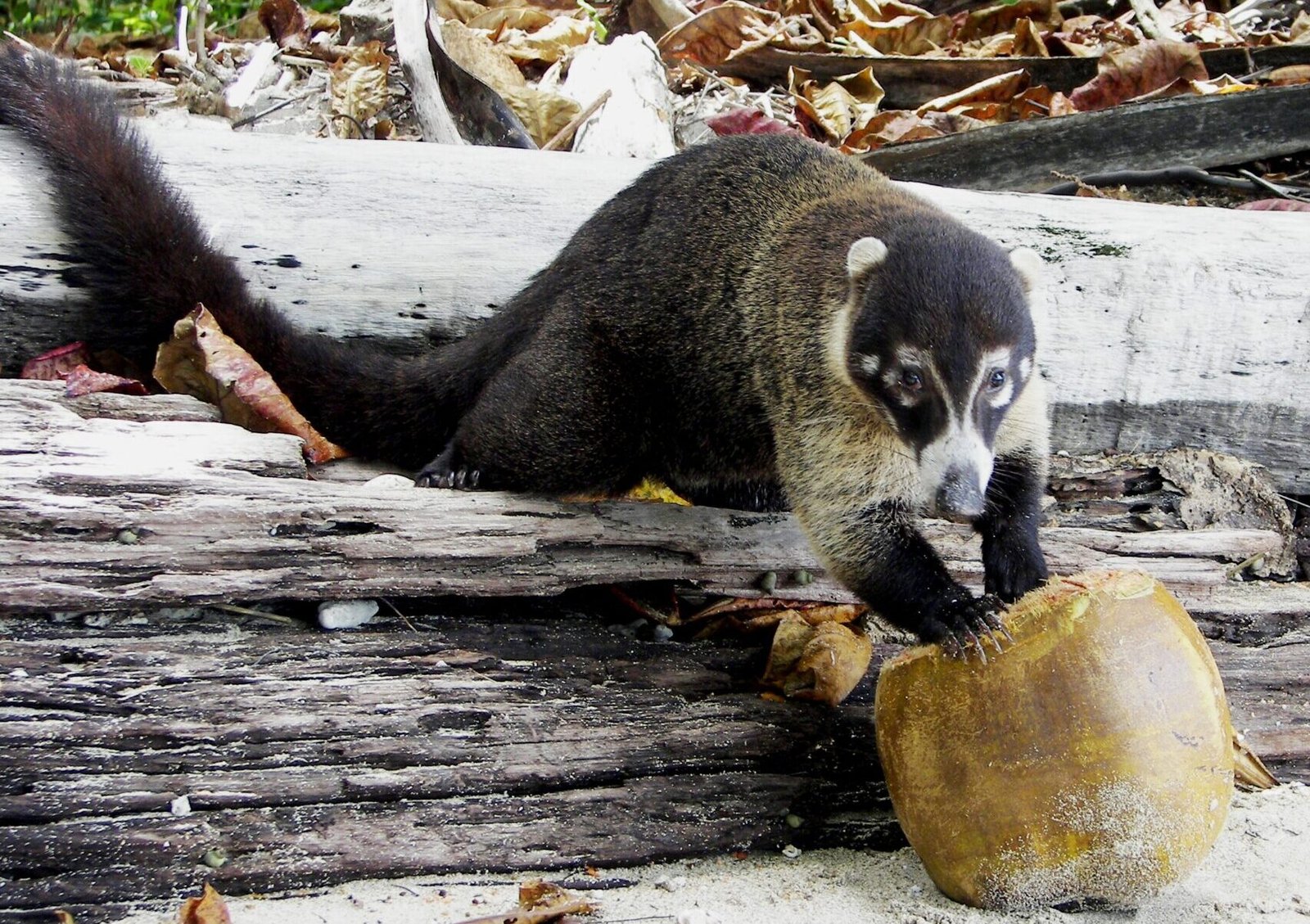
What is this animal that gets in our garbage, eats our banana crops and starts fights with our dogs? They are sneaky and they are everywhere – found all over Costa Rica the White-Nosed Coati, or Pizote, is both loved and hated, a true jack-of-all-trades that will eat anything and is as comfortable in the densest mountain jungles as it is in the city jungle-scape of San Jose.

WHO IS THE PIZOTE?
The Pizotes are mid-sized mammals also known as ‘day raccoons’ – not only because they belong to the raccoon family, but because they also share many of the raccoons’ habits (Costa Rica does have a lively raccoon population too, but raccoons are active at night so they are not as widely seen). They are between 4-6kg in weight and just over a meter long (including their long tails which can make up half of their length).
A nickname for the Pizote is ‘hog-nosed raccoon‘ – not very flattering, it refers to the animal’s pronounced and extended snout which is super flexible and can be moved 60 degrees. The snout helps the Pizote locate food hidden in the rainforest litter (or picnic-goers’ baskets)! And the animals don’t usually need to spend too much time searching as they eat *everything* – fruit & nuts, berries & nectar, small mammals, birds, reptiles and amphibians, fish, insects, and food scraps discarded in rubbish bins.

Other than the White-Nosed Coati there are three (maybe four) other species – the South American Coati (Jungles of South America), and the Eastern (Venezuelan Andes) and Western (Colombian and Ecuadorian Andes) Mountain Coatis. A disputed specie, Cozumel Island Coati, lives solely on Cozumel Island off the Yucatan Peninsula.
POLLINATORS?
Yes! It has been established that Pizotes have a dependent relationship with the Balsa tree. Costa Rican Pizotes were a subject of a study and it was observed that when the animals dip their heads into the Balsa flowers in search of the sweet nectar, their faces become covered in Balsa pollen. They then pollinate other Balsa trees as the pollen from their faces disseminates throughout the forest. So the Pizote can satisfy its hunger and quench its thirst, especially in times when environmental resources are scarce, while the Balsa benefits from a propagation boost.

FIERCE FIGHTERS!
Here is a video of a Pizote driving off a much larger Puma – PIZOTE vs PUMA – and there are stories of Pizotes successfully repelling Jaguar attacks! So it is no wonder that an encounter between a Pizote and a dog can have a very bad outcome! Pizotes have a powerful bite, can inflict very powerful scratches, and their thick skin provides a formidable defense – so it is best to keep your dogs away from these animals if possible. And needless to say, this extends to children and grownups as well – approaching and feeding Pizotes is not a good idea because the animals may become dependent on handouts and so used to people that they become a nuisance. And if Pizotes feel threatened they may attack and inflict serious injuries.
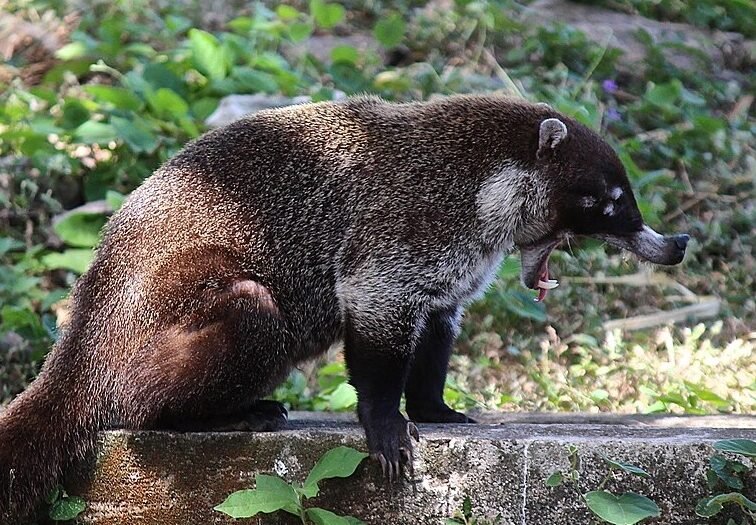
‘BANDS’ and ‘DINOSAURS’?
Pizotes are extremely social – typically they are found in groups of 3 to 20+ individuals. These groups, or bands, usually consist of related females and their offpring, as males tend to remain more solitary. When two groups meet there is usually little trouble – the animals greet each other with all kinds of strange squealing and grunting noises and members may even jump ship from one band to another. There is usually one male in each group, and things are fine unless another male tries to join – this results in fierce battles!
Because of the Pizotes’ very long tails which are often held up, a travelling band may resemble a group dinosaurs that walk backwards – see this video DINO-PIZOTE – the long tails playing the roles of extended dinosaur necks and heads. The Pizote tails are held up to help the animals keep track of each other in dense, high vegetation.

PIZOTE RANGE
The White-nosed Coati ranges from the southern United States (potentially including Florida, where they may have been introduced) down through Mexico and Central America to the extreme northern areas of Colombia. Feeling comfortable from sea level up to 3,000 meters in elevation, the Pizote is wide-spread across its area and only vulnerable in US, the most extreme northern areas of its range.
In Costa Rica, they are most often seen begging for food along roadside stalls and markets. Often, large bands are seen foraging through plantations or stripping bare household banana trees. As they live anywhere between sea level and 3,000 meters, and are at home in the jungles as well as large cities like San Jose, there are very few places in Costa Rica where the Pizote is NOT present!

Interestingly, there is a purported breeding population of about ten individuals in Cumbria, United Kingdom – they are animals that escaped from captivity dating as far back as 150 years ago! It is notable they are surviving in such a cold and alien climate.
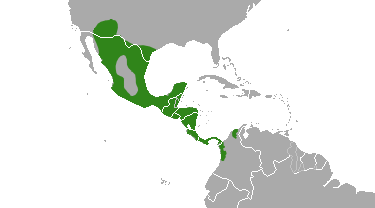
HOW ARE THE PIZOTES DOING?
Except for the extreme northern areas of their range, the White-Nosed Coatis are common and not in any immediate danger. Hunting, habitat destruction and collisions with vehicles are their biggest threats – and it is frequent occurrence to see the results. But so far, this versatile animal is finding ways to survive and even thrive.
The two species of mountain Coatis, however, are facing a bit of trouble and the disputed Cozumel Island Coati specie is in fact barely hanging on – but conservation efforts are ongoing.

